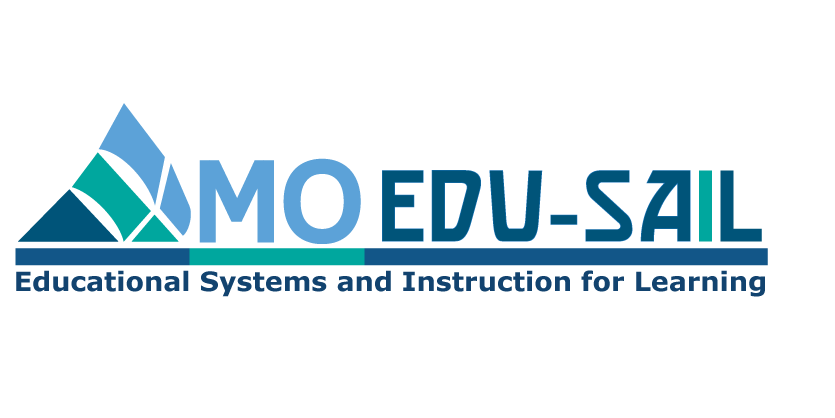UNPACKING METACOGNITION
Hattie’s research on metacognition really focused on metacognitive strategies and metacognitive strategy programs. In Visible Learning, he describes different types of programs that teach metacognitive strategies (e.g. study skills, self-verbalization, self-questioning). Some characteristics of effective metacognitive strategies include::
- Prompt metacognition and action;
- Are shown to be effective in research and in real life;
- Are efficient, working well in different situations, and requiring reasonable time and effort;
- Can be modified or adapted to work across multiple settings and tasks.
In Visible Learning, Hattie also highlights other characteristics of effective metacognitive strategies. They are based on two levels of problem-solving:
- Selecting the right strategy for the problem, and
- Applying the strategy to the problem (knowing the steps of a strategy and being able to apply those steps), then monitoring whether that the strategy is working for the specific task or problem.
Hattie points out that the 2nd layer which requires learners to think about their thinking is the higher-order thinking that enables learners to actively control the cognitive processes involved in learning. He also notes that effective strategies include three components:
- The approach or steps for the specific learning task,
- A method for evaluating progress using that approach, and
- A method for monitoring progress and adjusting the use of the strategy if it is not resulting in the desired progress.
A strategy is not just a set of steps or a list of directions. It is a comprehensive approach to a learning task that includes all of these elements.
Criteria for Evaluating Strategies
Based on the research on metacognitive strategies and Hattie’s conclusions from his meta-analysis, these criteria could be used to evaluate the effectiveness of meta-cognitive strategies. We will use these criteria to look at some research-validated strategies and to evaluate strategies that you may be teaching students in your schools.
- Prompts metacognition (thinking about thinking) and action
- An approach for a task or problem which is
- Effective (works in research and in real life)
- Efficient
- Adaptable
- Includes methods for
- Selecting the appropriate strategy
- Applying, monitoring, and adjusting the use of the strategy
- Evaluating progress using the strategy
This example of a self-questioning strategy is one of the reading strategies in the University of Kansas Learning Strategies curriculum. Before students learn the strategy, they talk about why, when, and where they could use the strategy. When they learn the strategy, they practice the strategy and then apply it to different types of texts. Look at this strategy; does it meet the criteria for an effective strategy?
- Attend to clues (What are some clue words?)
- Say some questions (What do I wonder?)
- Keep predictions in mind (What do I predict?)
- Identify the answer (Did I find an answer?)
- Talk about the answer (The answer is…)
Another example of a program that includes metacognitive strategies is Math in the City. Mathematics in the City was established in 1995 as collaboration between City College and the Freudenthal Institute. It is both a think tank and a national center of in-service for K-8 mathematics education. They offer summer institutes and a yearly calendar of in-service events open for national participation. Thinking about and using math strategies:
- Counting on
- Double plus or minus
- Working with the structure of five
- Making ten
- Using compensation
- Using known facts

